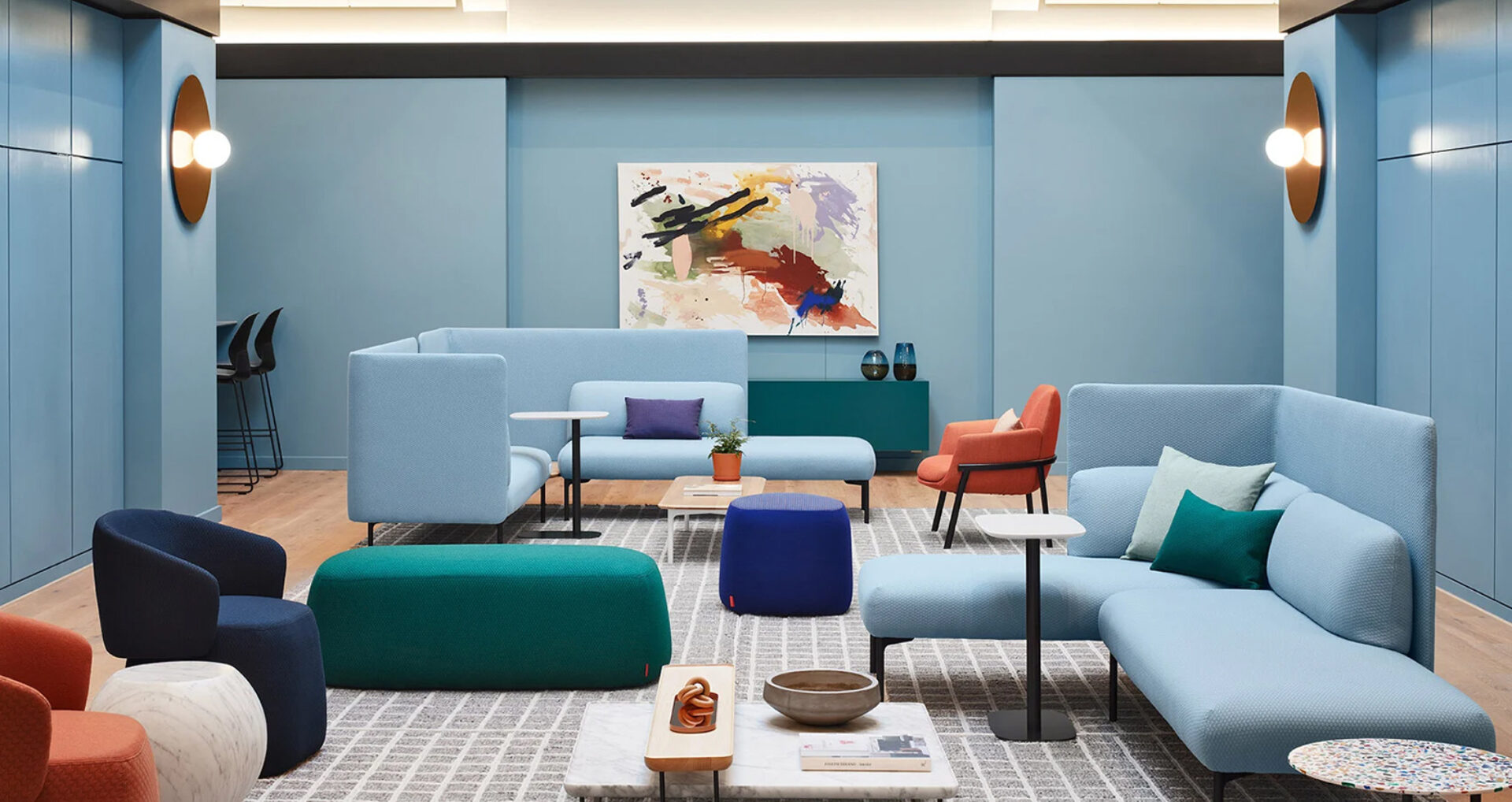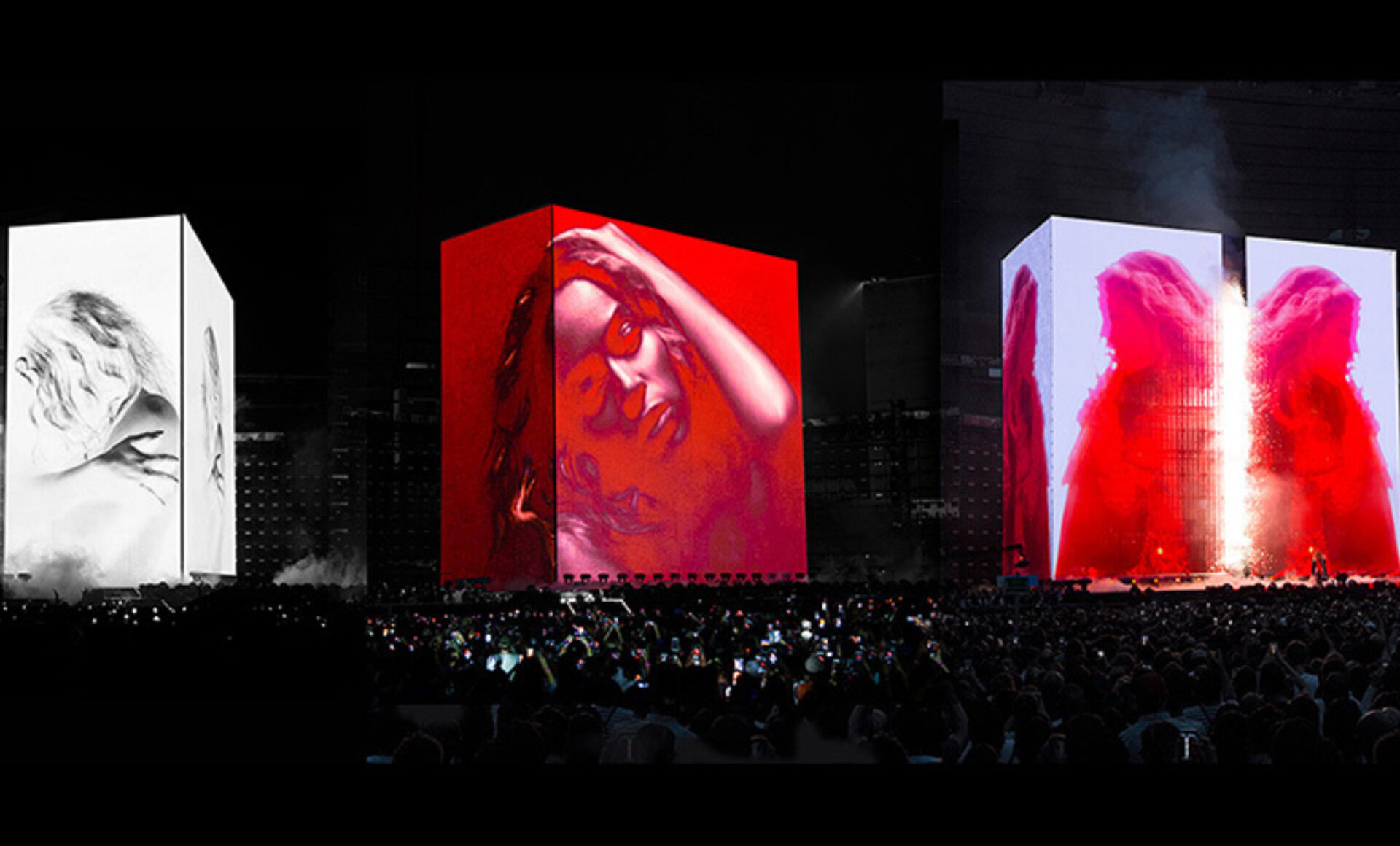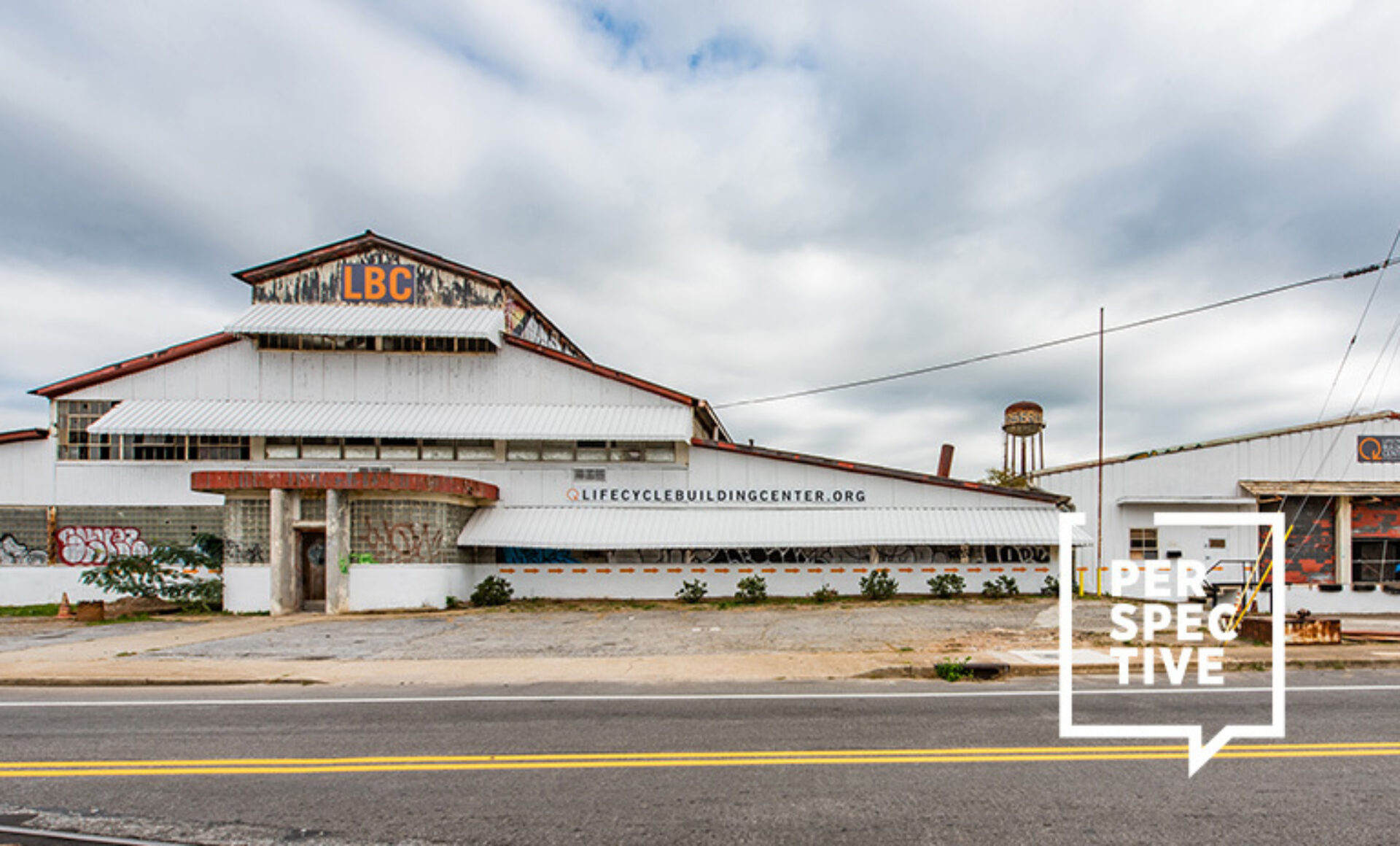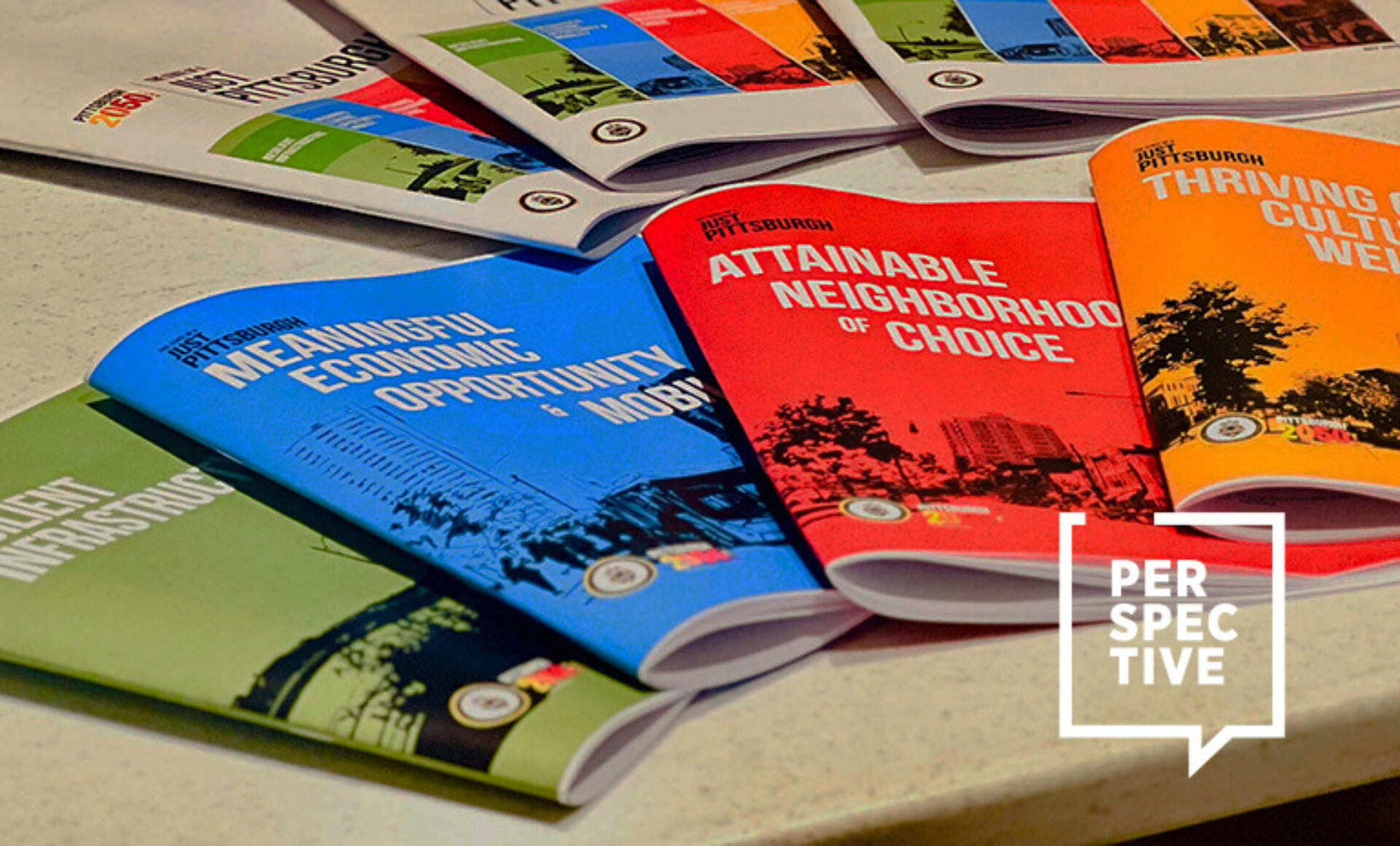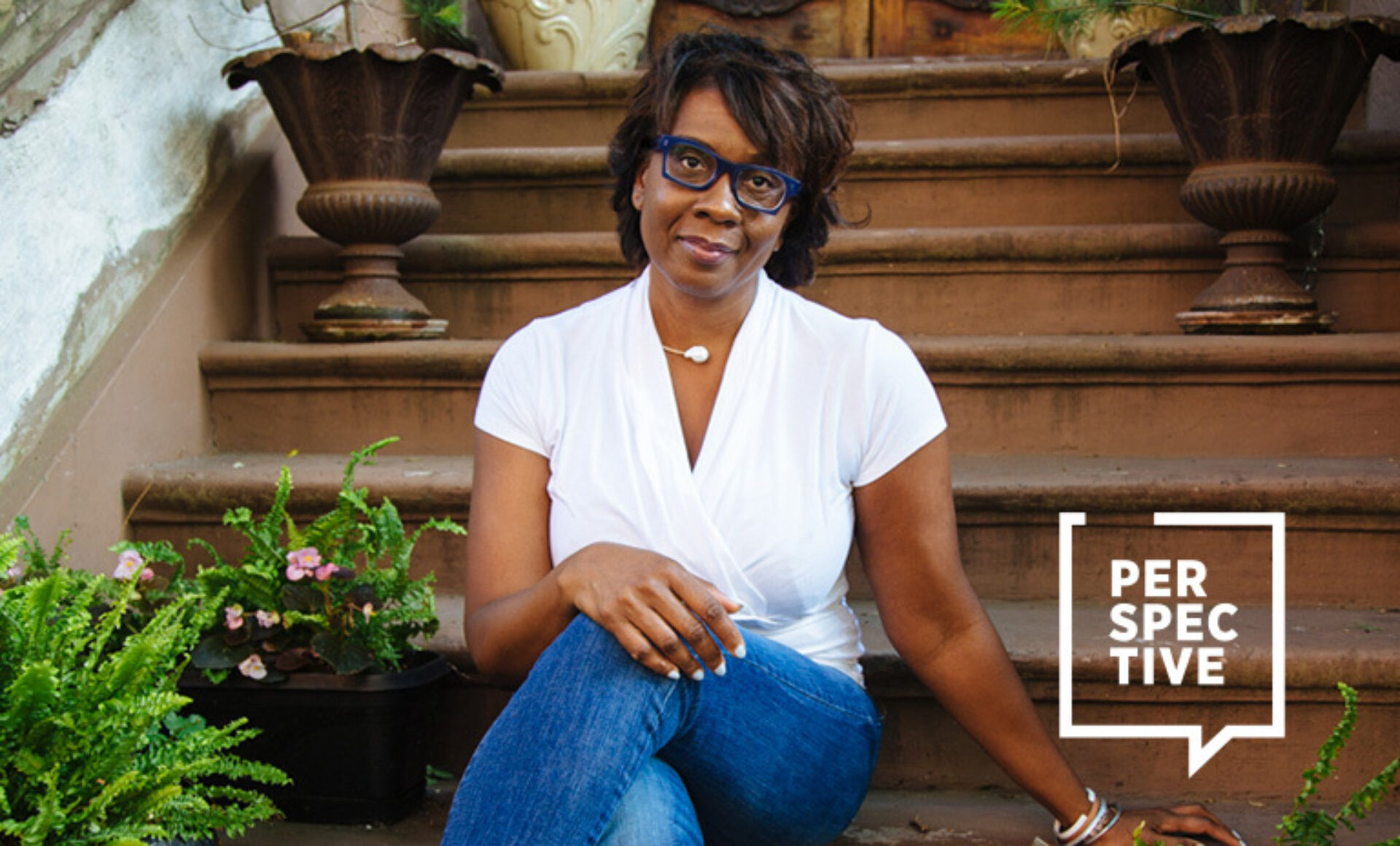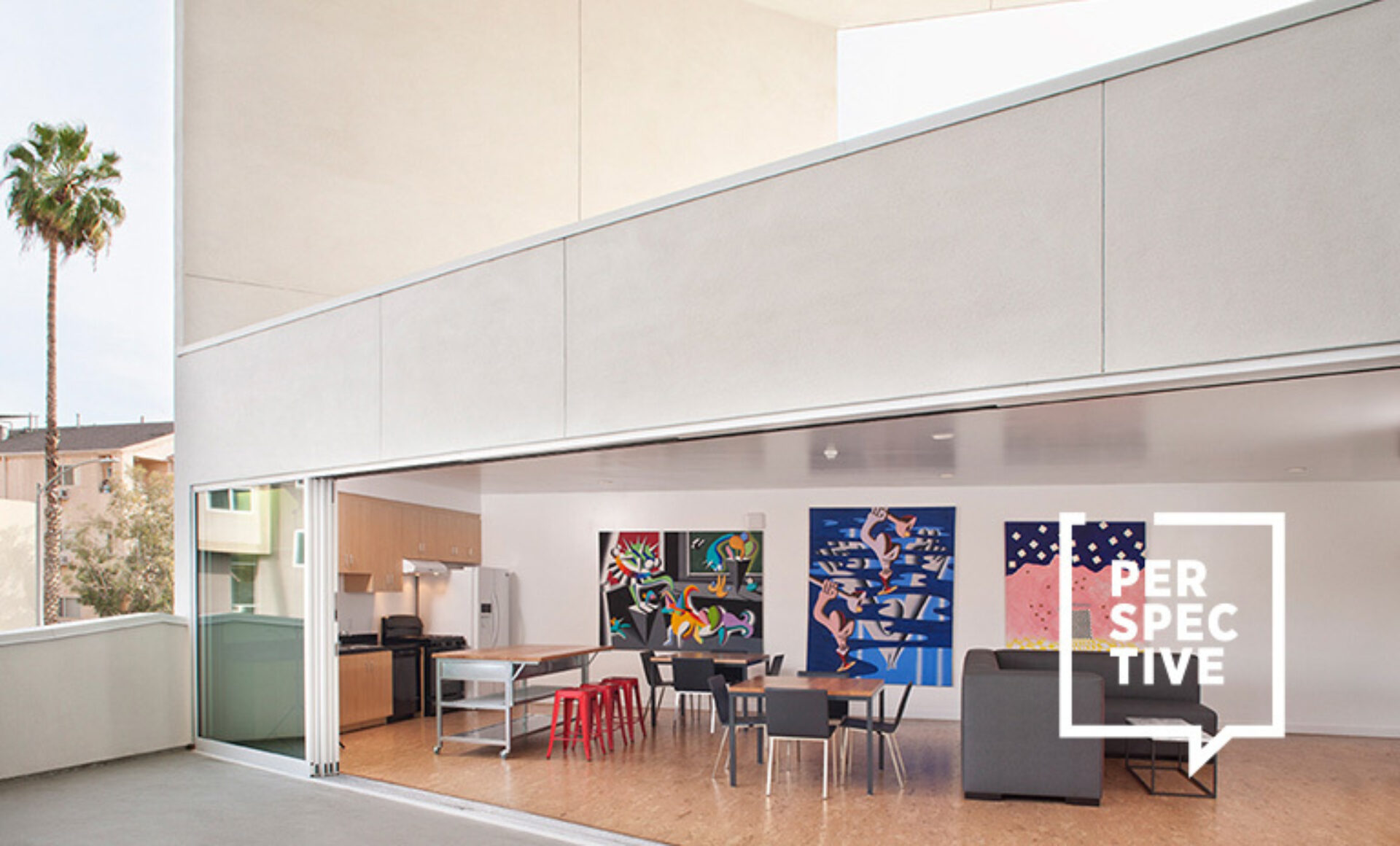(Above: The Haworth Hotel at Hope College in Michigan, designed by Patricia Urquiola. Photography by Hall + Merrick + McCaugherty Photographers)
For someone responsible for aligning the globe-spanning Haworth Group portfolio—which includes eight brands, five partners, and serving markets in more than 120 countries—Kurt Vander Schuur is unexpectedly laid-back. “You have to do many things right, and you will inevitably do some things wrong. But as long as you’re pushing to be better, you can make a positive impact,” he said. “You need tenacity and perseverance; you can’t give up easily.”
From his Dutch-American roots to his pivotal role as Haworth’s global brand director, Vander Schuur sat down with us to discuss his passion for design, international experiences, innovative projects, and what some would call Haworth’s second act. He offered a glimpse into the company’s dynamic evolution, its emphasis on creating “great experiences at every touch point,” and the central question we need to ask ourselves when it comes to technology.
The conversation below has been edited for length and clarity.
Vasia Rigou: Let’s start at the beginning. Tell me a little about yourself.
Kurt Vander Schuur: Well, I’m the whole Dutch deal! Haworth is in Holland, Michigan, and my family is from the Netherlands and settled here. I’m very American, but also very Dutch. My mother was a residential interior designer, so I feel like design has always been in my blood.
VR: So, how did you end up with Haworth?
KVS: I did an internship in college here, which is how I was introduced to the company. After finishing my business degree, I worked briefly in the automotive industry. Then Haworth called and said, “We need you to come back.” At first, I was like, “I have a great job, thank you very much.” They were sort of relentless. So, whatever years later, here I am, talking to you.

VR: You’ve been there 40 years. They never let you go!
KVS: I worked a couple of years in New York and have traveled the world both personally and professionally. Traveling is a big family thing, but it’s also been essential for my role. I was on our European leadership team for a few years and served as the marketing representative and brand ambassador during our acquisitions. From 2010 to 2015, I flew to Italy every month—I made around 50 trips.
VR: Dealing with the time difference alone must have been wild.
KVS: I lived in jet lag for 5 years. [laughs]…But after flying for so long, you learn to travel pretty easily. I’ve been to all 50 states, six of the seven continents, and almost every country in Europe. I’ve really seen the world, and I enjoy it.
(Below: The Seating Experience exhibit at Haworth headquarters gives an inside look—quite literally—at the evolution of chair design. Photo by Jeremy Frechette Photography)

VR: I also feel like that gives you an edge in your work.
KVS: Absolutely. We worked with Perkins&Will for probably 20 years, and I worked very closely with Eva Maddox [former design principal and head of branded environments] and Eileen Jones [FIIDA, former firmwide branded environments practice leader]. We went to the World Architecture Festival together in Barcelona, and that was super cool. Then we traveled to Peru and did the whole country—it was a pretty amazing trip. Now I travel a lot with [Spanish designer and architect] Patricia Urquiola.
VR: How do you keep things fresh?
KVS: I think that’s a design gene. I remember every five years my mom would redecorate the house. It drove my dad crazy. Some people resist change, but I think it helps you appreciate new things and get fresh ideas. Like every time I travel to different places, I always come back inspired. You see things done differently and try them out. Maybe it works. Maybe it doesn’t.
If something doesn’t yield the fireworks or fanfare you hoped for, it doesn’t mean it’s wrong. Sometimes, you need to incubate ideas and give them time. Building and growing a great brand requires patience, which, admittedly, isn’t one of my virtues, but real success often comes from giving ideas the time they need to flourish.
VR: And I’m sure collaborations play a big role.
KVS: Definitely. I worked on the Haworth Hotel [at Hope College] as part of our marketing team, focusing on the entire client experience. As you know, Holland, Michigan, is not exactly the design hub of the world. So I approached Patricia [Urquiola] to renovate it—hotel design is one of the many things she does extremely well. She said yes, and the result is spectacular—one of my proudest achievements. We showcased a different side of our brand. Like, yeah, Haworth makes office furniture, but we proved we could create a stunning hotel. Everyone loves it! It’s incredibly rewarding to see the fruits of our labor appreciated by so many.
VR: Some might say Haworth is in the middle of a second act—especially considering your collaboration with fashion houses like Dolce & Gabbana and expansion into everything from elegant outdoor furniture to luxury car interiors. What are your thoughts on that?
KVS: I’ll say two things. Number one, we’re a private company, so we don't always share everything we’re doing. Sometimes for people it’s easy to remember the things they know. For a long time, we were known as the strong “engineered cubicle company,” but we were actually doing many other things under the radar. When the pandemic hit, we really stepped on the gas pedal and worked hard to harness the energy of the whole.

Hall + Merrick + McCaugherty Photographers
I give a lot of credit to Franco [Bianchi, president and CEO of Haworth]. It was brilliant of the Haworth family to bring in someone with Italian roots in design and business. We’ve expanded into various industries, and you can see it in the brands we’ve acquired, like Poltrona Frau for their leather and Cassina for their design and upholstery. We didn’t just buy these brands because they were for sale; we sought them out for their unique skills.
Today, we’re in a great place. We’ve expanded into automotive [read: Ferrari car interiors], hospitality, and we’re now making first-class airline cabins and furniture for high-end brands like Dolce & Gabbana and Versace. It’s incredible. Common traits like craftsmanship, expertise, and knowledge-sharing are embedded in everything we do, making us a strong brand.
We’ve built this foundation over the last 20 years, and now it’s coming together, and people are starting to see it.
VR: I feel like the element of community also plays into Haworth’s continuing evolution, right?
KVS: Yes, absolutely. I’m a big supporter of bringing young people in and I love mentoring students—I work with five colleges in West Michigan, and Haworth has a big internship program. One of my crazy ideas was to start the DesignLab to find young designers who hadn’t yet worked in our industry. I asked Patricia to mentor them, and that’s how the DesignLab was born. We launched it at NeoCon last year with an eclectic group of artists—we had a graffiti artist, a ceramicist from New Orleans. This year, we focused on sustainability. The experience has been fantastic, opening our eyes to new ideas and people from diverse backgrounds and showing them who we are and how we make things.
(Below: Haworth Chicago showroom at NeoCon in Chicago—featuring work by DesignLab artists Fernando Ramirez and Justin Beitzel of Common Object Studio, Sam Klemick, and Bill Carroll (background); the Squash Armchair by Poltrona Frau (foreground), and more. Photo courtesy of Haworth)

VR: And you like to look outside of the design industry for inspiration—like in art and fashion.
KVS: That’s exactly what we’re doing. I've been going to Art Basel and Design Miami for 10-15 years, and I’m a big fan. I love how it brings different worlds together. It’s what motivates and inspires me personally—and it’s a lot of fun. Actually, if you look at great companies today, they’ve disrupted established industries. For example, taxicabs have been around for over a century, and then Uber came along and rethought the whole concept. Same goes for Airbnb. Some of the best ideas come from taking a common notion and reimagining it.
VR: What else inspires you?
KVS: You know, Dick Haworth [son of founder G.W. Haworth and former Haworth chairman and CEO] has always been a visionary. Our strategy sessions are quite an experience. I remember about 10 years ago, we went to Lake Como with leaders from every company—imagine people from all walks of life, speaking many different languages, gathering in a beautiful setting—and we did this future visioning exercise. For some, this forward-thinking approach can be daunting, but for me, it was incredibly energizing, very inspirational, and a lot of fun. This unique approach has built the Haworth of today.
VR: It’s about the experience.
KVS: Yeah, today, it’s all about the experience. That’s always been in my DNA, but it’s become more pronounced in the last 10 years. If you look back, big brand agencies used to focus on the font, the logo, the graphics, the color, and so on. But today, some of the best brands offer amazing experiences.
I’ve been trying to instill this mindset within our company. We need to create great experiences at every touch point—whether it’s the person answering the phone, the way invoices are received, or any other interaction. As the company grows, it becomes increasingly challenging to maintain a consistent brand experience. So, we have to keep showing people from an external standpoint how to elevate the experience, and internally, we need to ensure our employees—we call them members—understand and embrace what we’re doing. It’s about bringing everyone along for the ride.
So, to answer your question about whether we’re in a second act, I’d say we’ve matured. We started as an adolescent, and now we’ve grown up. As an adult company, we are harnessing the collective energy and expertise of our family. Just like in a family: The auntie who makes the best pasta is gonna cook or the brother who is great with music at parties is gonna be in charge of that—we use the strengths of our members to create great experiences. We leverage the best of what everyone has to offer.
(The Haworth headquarters Seating Experience exhibit, featuring a peek inside sustainability practices and chair design. Photo by Jeremy Frechette Photography)

Jeremy Frechette Photography
VR: With new technologies and AI shaping our experiences, where do you see the future of design heading? How are these technologies influencing your brand and operations?
KVS: The question is: Do you control the technology, or does it control you? We shouldn’t be scared of it. If AI can help us do things faster and more efficiently, why not embrace it? Sure, there are all kinds of threats like, “it’s gonna steal your IP” and blah, blah, blah—but we have teams from both legal and technological standpoints evaluating these risks.
We have to use technology as a tool. We are currently using AI in our company for various tasks—rendering, translating, and even writing—and will continue to do so, if it’s going to make the quality better, the design better, and make us faster and more efficient.
VR: What's a valuable lesson you’ve learned through the years that you can share? A good piece of advice?
KVS: I always tell people to figure out their passions and focus on that. Working in a field related to your passion makes a big difference. Secondly, be willing to be a little bit of a risk-taker. The pandemic made everyone afraid, but some of the best ideas come from failure. Dick Haworth, who’s my mentor, always emphasized taking calculated risks, and my dad also used to say, “If you don’t ever try, how do you know if you can’t succeed?” Try something new. If it fails, learn from it and make your next project, task, or initiative better. So, in summary, my advice is: Know your passions and be willing to take some risks.
VR: What are you most excited about moving forward?
KVS: I feel very blessed and fortunate in my role at Haworth. Besides being able to travel the world, I get to meet the most interesting people. It’s a part of who I am, and I learn so much from these interactions. Our network—my network, the company’s network—is vast and diverse. We’re a whole different company. And for me, that’s fun; for some people, that might be scary. But it’s so exciting; we’re well poised for the future, because we have so many different opportunities. Some people, even within our company, get daunted because we could do so many different things, like, which lever should we pull? But you know what? In life, it’s always good to have options. And right now, Haworth has a lot of options.
Visit the table of contents for more Perspective: Business of Design
